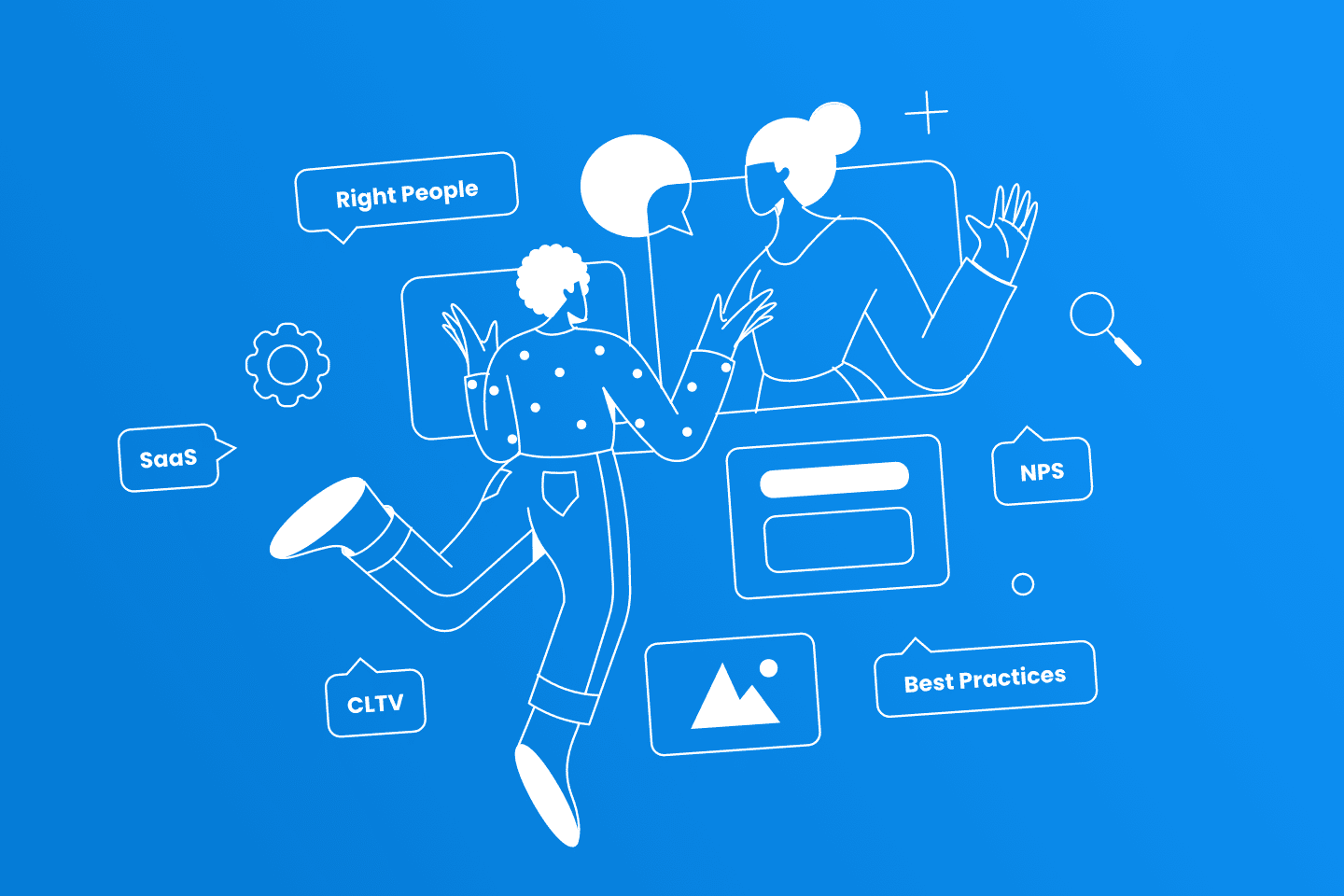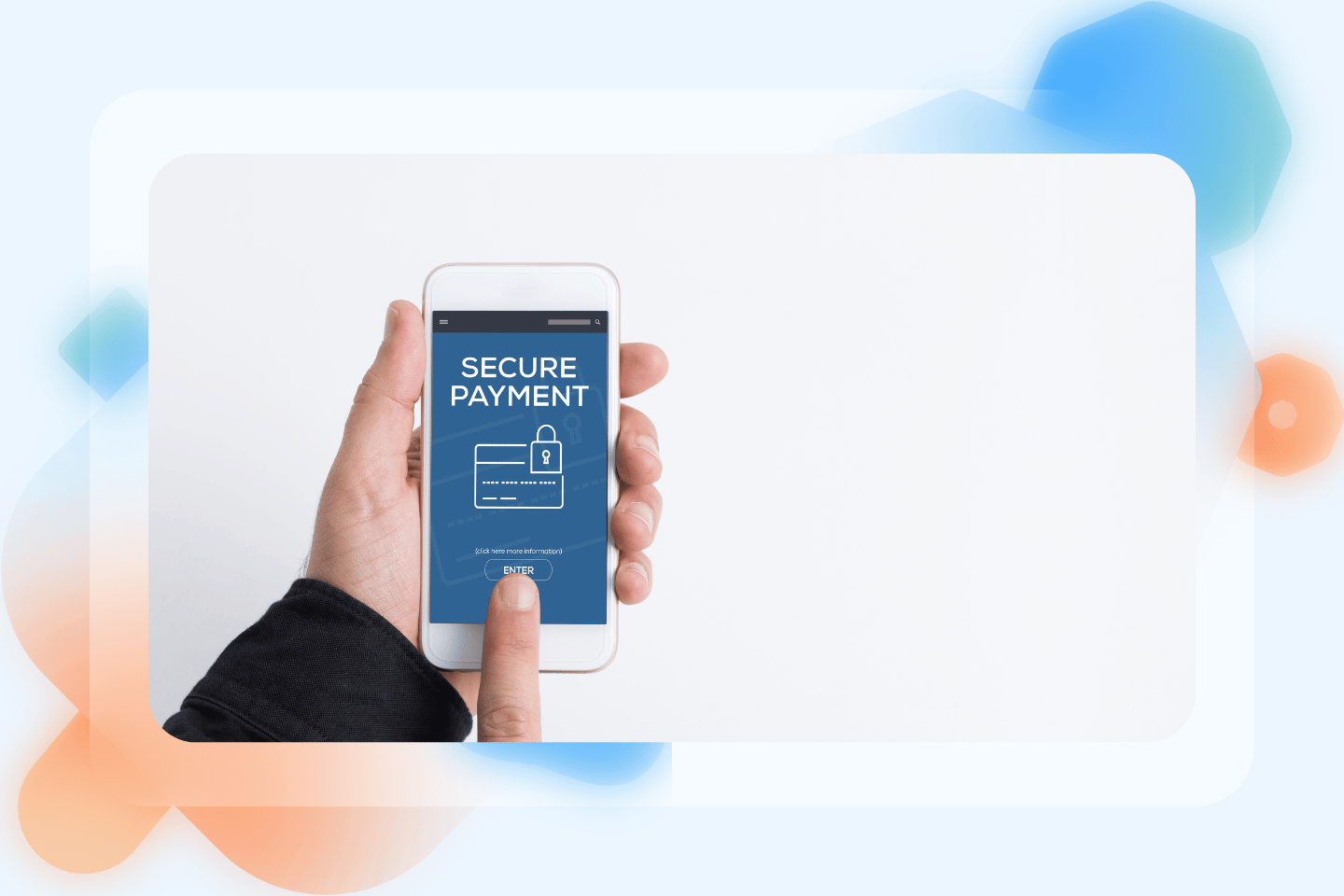For SaaS companies, closing a deal or making a sale is just the beginning. The truth is, the initial sale only contributes to around 5-30% of revenue. The true growth driver is the ability to continuously provide value to customers—and this is where SaaS customer success comes in.
While sales and marketing strategies focus on acquiring customers, customer success focuses on retention and increasing customer lifetime value. This guide will examine the importance of SaaS customer success and strategies for implementing it effectively.
So, what is SaaS customer success?
SaaS customer success is a strategy designed to ensure that customers get what they want when they’re using the product or service. It’s ensuring that your customers achieve their desired outcomes when they’re using your product.
As the SaaS industry evolves, customer retention has become even more challenging. The SaaS model is flexible, with payment options ranging from monthly to other periods.
While this helps with recurring revenue forecasts, it also gives customers the option to regularly evaluate if they’re getting value from the product or not. There’s even the regular challenge to transform free users into the paid tier.
Is SaaS customer success the same as SaaS customer support?
The simple answer is no, though there’s a common misconception that customer success is just another term for customer support.
What’s the difference? There are two major points:
Customer success is proactive, while customer support is reactive.
Customer support agents will not call customers to see how they’re doing—but customer success managers will do this regularly.
Customer support is a separate team or department (it can even be outsourced), but customer success is a bigger concept.
Customer support focuses on short-term solutions on a per-transaction basis.
On the other hand, customer success is part of your core business values. It should reflect in how your business operates—from hiring to marketing to operations to sales.
For example, customer support will provide solutions to a customer if they were confused about the onboarding process. Customer success, on the other hand, is a continuous pursuit of developing a smooth and seamless onboarding process.
3 reasons why SaaS customer success is crucial for businesses
Even though customer success is known to be important, only 23% of B2B companies implement a customer-centric approach. To further drive the point home, here are the major reasons why SaaS customer success is not only important—but vital.
- It ensures long-term and sustainable growth. The SaaS business model needs continuous customer satisfaction for constant profit. Since customer success looks at the bigger picture, it aims for sustainability, and not just one-time successes.
- It reduces customer churn. When users continue to see the value in your product, they will continue to be your customers. Recurring revenue fuels SaaS businesses, so a lower churn rate means higher revenue.
- It maximizes customer lifetime value. Did you know that 86% of buyers are willing to pay more for a product if it means having a better customer experience? Effective customer success strategies can lead to upselling and cross-selling opportunities, paving the way for an increase in LTV.
How do you measure success?
The best way to know if your SaaS customer success strategies are effective is to keep track of specific numbers. While there are a lot of metrics you can monitor, there are a few that can provide a quick overview of how you’re doing so far.
Net Promoter Score (NPS)
The NPS measures customer loyalty by asking customers how likely they are to recommend the brand or product to others (on a scale of 1-10). Survey answers are then collected and averaged
How to interpret NPS:
- If the average score is on the 0-4 scale, your customers are not happy and there’s definitely room for improvement.
- If the average score is on the 5-7 scale, this means your customers are neutral. They don’t have any strongly negative or positive feelings. Keep in mind though, that you don’t get loyal customers by being average.
If the average score is on the 8-10 scale, then you’re doing great!
Churn Rate
This measures the percentage of customers you’re losing over a specific time period. You want your customer churn to be as close to 0% as possible. If you notice this number going down, that’s a sign that you’re doing something right.
How to calculate churn rate: (from Recover Payments)
- Get the number of customers you lost during a specific time period (a month, a quarter, or a year)
- Divide this number by the number of customers you had at the start of that time period
Example:
- At the start of the year, you had 1000 subscribers.
- By the end of the year, you’re left with 800, which means 200 customers were lost.
- You divide 200 by 1000. That’s a 20% churn rate, meaning you lost 20% of your customers.
Customer Lifetime Value (CLTV)
This is the revenue that a business can expect from one user throughout their entire time as a customer. It basically measures how valuable a customer is to the business. So if CLTV increases, it means your business is growing.
How to calculate CLTV:
- Average Purchase Value x Average Number of Purchases = Customer Value
- Customer Value x Average Customer Lifespan = CLTV
5 best practices for outstanding SaaS customer success
These practices have been proven to be effective in ensuring customer satisfaction and driving revenue for your business.
Prioritize SaaS customer success right from the get-go
While the majority of marketing executives agree that customer success programs are important, only 23% actually focus on a customer-centric approach instead of product growth.
Ideally, customer success should already be a key focus when you start building your business. The earlier you start focusing on it, the easier and more rewarding it will be.
After all, companies that invest a lot in customer success are almost 6x more likely to convert than companies that only zero in on their product and overall growth.
Having a dedicated customer success strategy early will establish your company as a customer-centric one. This proves that your customers are your priority—and this is done not only by a customer success team but by the entire company in everything they do.
Build a customer success team with the right people
Before going out and hiring, it’s important to know the exact roles that you need for your customer success team.
Then, cross-check this with your team size, budget, and resources. Some roles may be more crucial than others. If you only have enough resources for hiring three first, which should you prioritize? Which roles should you hire later on as you expand?
Here’s a quick list of customer success roles that you should consider when building your very own team:
Chief Customer Officer
This is the C-Suite level role that is primarily responsible for the overarching customer success strategy. This includes planning, implementing, overseeing, resource planning, and even advocating for customer success to be at the forefront of the company.
So should you hire a CCO? It really depends on the size of your team—smaller businesses rarely have a CCO because there aren’t too many team members to manage.
Vice President of Customer Success
Compared to the CCO, this role is focused on the customer success function of a business. This includes hiring, monitoring, and tracking metrics. They make sure that the strategies and the execution are aligned with the vision of the CCO.
Customer Success Manager
The CSM handles the day-to-day operations of the customer support team. They handle people and this involves regular interaction with other individuals. This involves training, coaching, and monitoring their performance to ensure that their efforts are aligned with the company’s goals.
Depending on the size of your company, you may opt to have a Senior CSM who manages other CSMs, or even a Director of Customer Success who is in charge of mentoring and coaching the Senior CSMs.
Customer Success Associate
The term actually differs depending on the industry or the company. Generally, this refers to any entry-level role for customer success.
Level up your client onboarding process
Growth and customer success don’t stop at customer acquisition. In fact, poor onboarding, engagement, and customer service make up 52% of the reasons why new customers leave within the first 90 days.
The solution: transform your onboarding experience to help new customers ease in smoothly. Don’t squeeze everything into one onboarding process. This can cause information overload. Instead, you can explore the following continuous onboarding strategies:
- Bite-sized product walkthroughs presented via videos, emails, or in-app messaging
- Provide a dedicated onboarding manager (usually for enterprise SaaS products)
- Personalized guides
Establish a solid process for collecting customer feedback regularly
Customer feedback is very valuable. It helps SaaS customer success teams get a deeper understanding of users’ needs, priorities, and how your product is serving them so far.
Create a process for your customer success team so they can gather customer feedback during client interactions. Of course, collecting feedback is just one thing—what you do with it is another. You can check out this guide on collecting feedback and leveraging the information.
Be present and easily reachable
Imagine this situation. A potential customer wants to know something about your product, but they cannot find it on any of your FAQs or website pages. They will then look for ways to contact your customer support team.
The thing is, customers, want answers right away. In fact, research from HubSpot reports that for 90% of customers, an immediate response is a crucial factor in customer service. 24/7 chat support is something you may want to look into—it will definitely accelerate your customer success strategy.
Wrap-Up: Put your customers first, and growth will follow
When you think about it, your customers chose to invest in you. Invest in customer success and you will reap the rewards. This will translate to growth, sustainability, and higher customer lifetime value.
Shift your mindset from focusing on getting the most out of your customers’ pockets to providing the maximum value for them. This will set you on the right track to success.
If you don’t know where to start or how to start, the CX experts at LTVplus are on a mission to rid the world of bad customer experiences. You can book a free consultation here and begin your journey to customer success.




